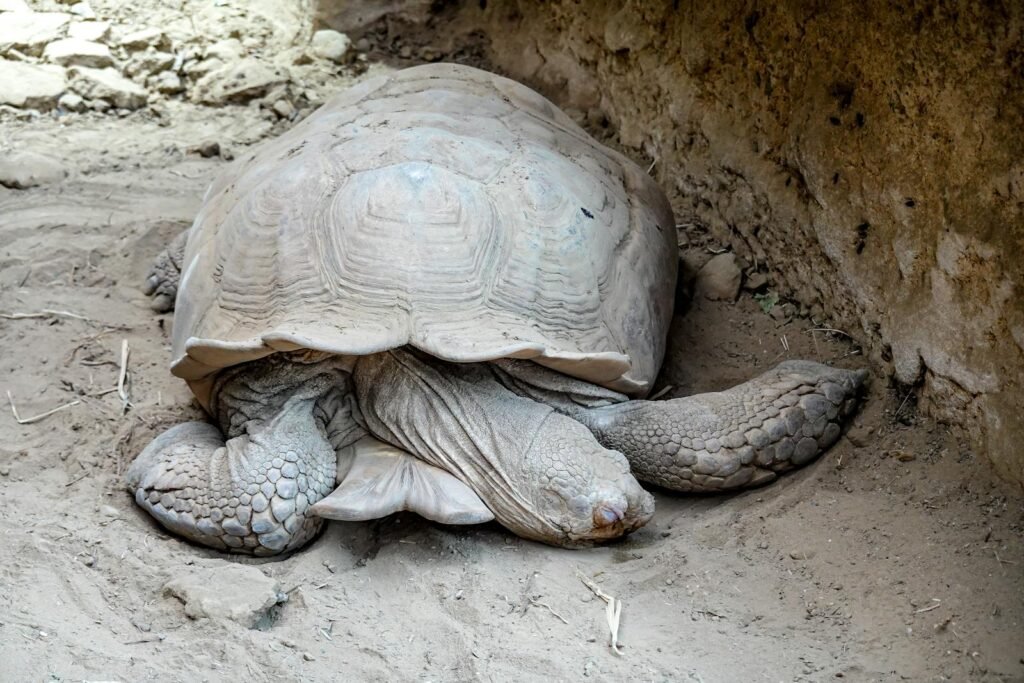It’s a haunting sight—Tasmanian devils, once fierce and feisty icons of the wild, now bearing grotesque tumors on their faces. This silent epidemic, known as Devil Facial Tumor Disease (DFTD), swept through their populations like a shadow, threatening an entire species with extinction. Imagine a world where the echoing screeches of these marsupials vanish forever, leaving behind only memories and museum specimens. The struggle of the Tasmanian devil isn’t just the story of a single animal; it’s a gripping battle between nature, disease, and the relentless will to survive. Their fight has captured the hearts of scientists and animal lovers worldwide, turning this tiny island’s crisis into a rallying cry for conservation and hope.
The Mysterious Origins of Devil Facial Tumor Disease
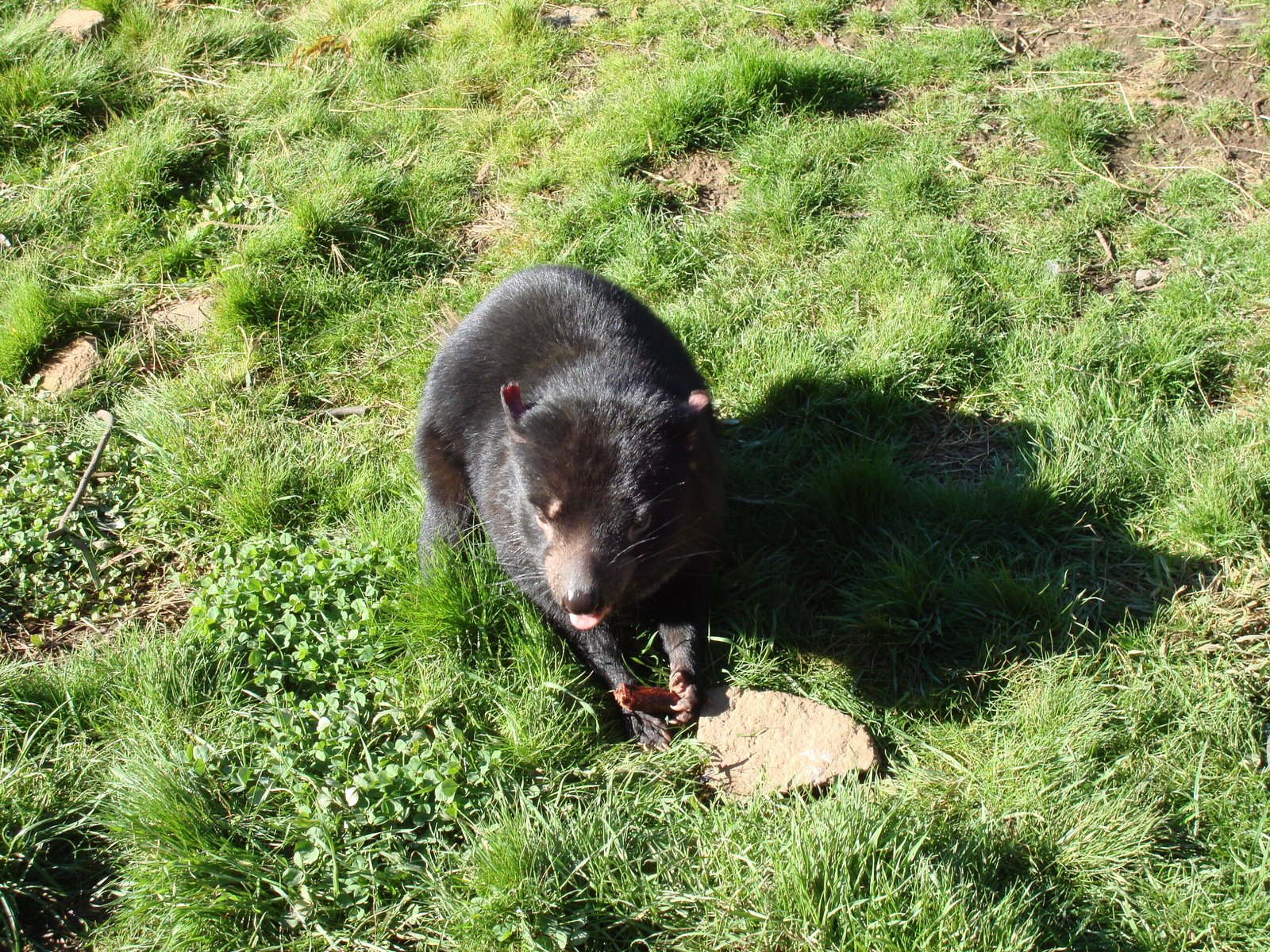
The emergence of Devil Facial Tumor Disease left biologists baffled. Unlike most cancers, DFTD is highly contagious and spreads through biting, which is common in devil social interactions. This is not a virus or bacteria—astonishingly, the cancer cells themselves are transmitted from one devil to another. The disease was first identified in the mid-1990s in northeastern Tasmania and quickly spread like wildfire across the island. Scientists believe the origin lies in a single mutated cell from one devil, which became the “patient zero” of this epidemic. The fact that this cancer could jump from animal to animal made it unlike anything researchers had ever seen before. The disease’s mysterious beginnings added urgency and intrigue to the fight for the devils’ survival.
How DFTD Attacks: The Science Behind the Disease
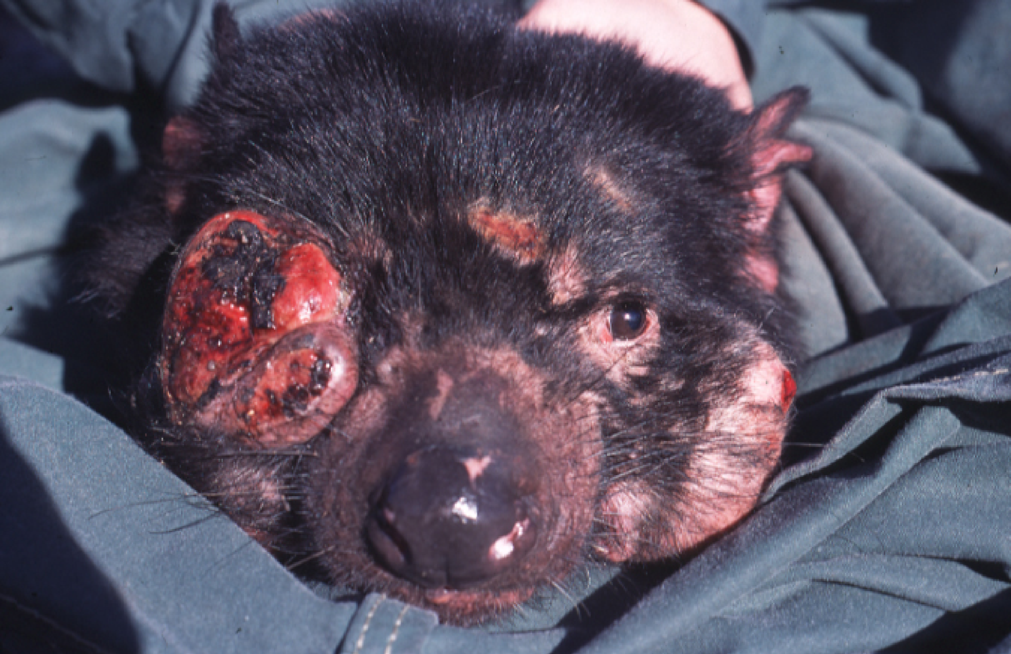
DFTD begins as small lesions or lumps, usually around the mouth and head. These tumors grow rapidly, becoming large, ulcerated masses that make it difficult for the devils to eat or see. Eventually, the cancer spreads internally, leading to a slow and painful death, often from starvation or organ failure. What makes DFTD so deadly is its stealthy nature; the immune system of the devil doesn’t recognize the tumor cells as foreign invaders. This is because the cancer cells are nearly identical genetically to the host devil itself, effectively hiding from immune attack. The speed and aggression of this disease have shocked veterinarians, with most affected devils dying within six months of showing symptoms. It’s a battle on a cellular level, with the odds stacked cruelly against these charismatic marsupials.
The Social Lives of Tasmanian Devils: A Double-Edged Sword

Tasmanian devils are famous for their raucous feeding frenzies and intense social interactions. Their powerful jaws and loud screeches are legendary, but these behaviors, especially biting during feeding or mating, have ironically fueled the spread of DFTD. Devils routinely bite each other on the face and mouth, providing a perfect pathway for the infectious cancer cells to transfer. The very traits that make devils unique—aggression and social contact—have turned into vulnerabilities in the face of this disease. This tragic twist means that even healthy, robust devils are at high risk the moment a single infected individual joins the group. The disease has not only devastated their numbers but has also reshaped the way devils interact and behave.
A Population in Peril: The Impact on Tasmanian Devils
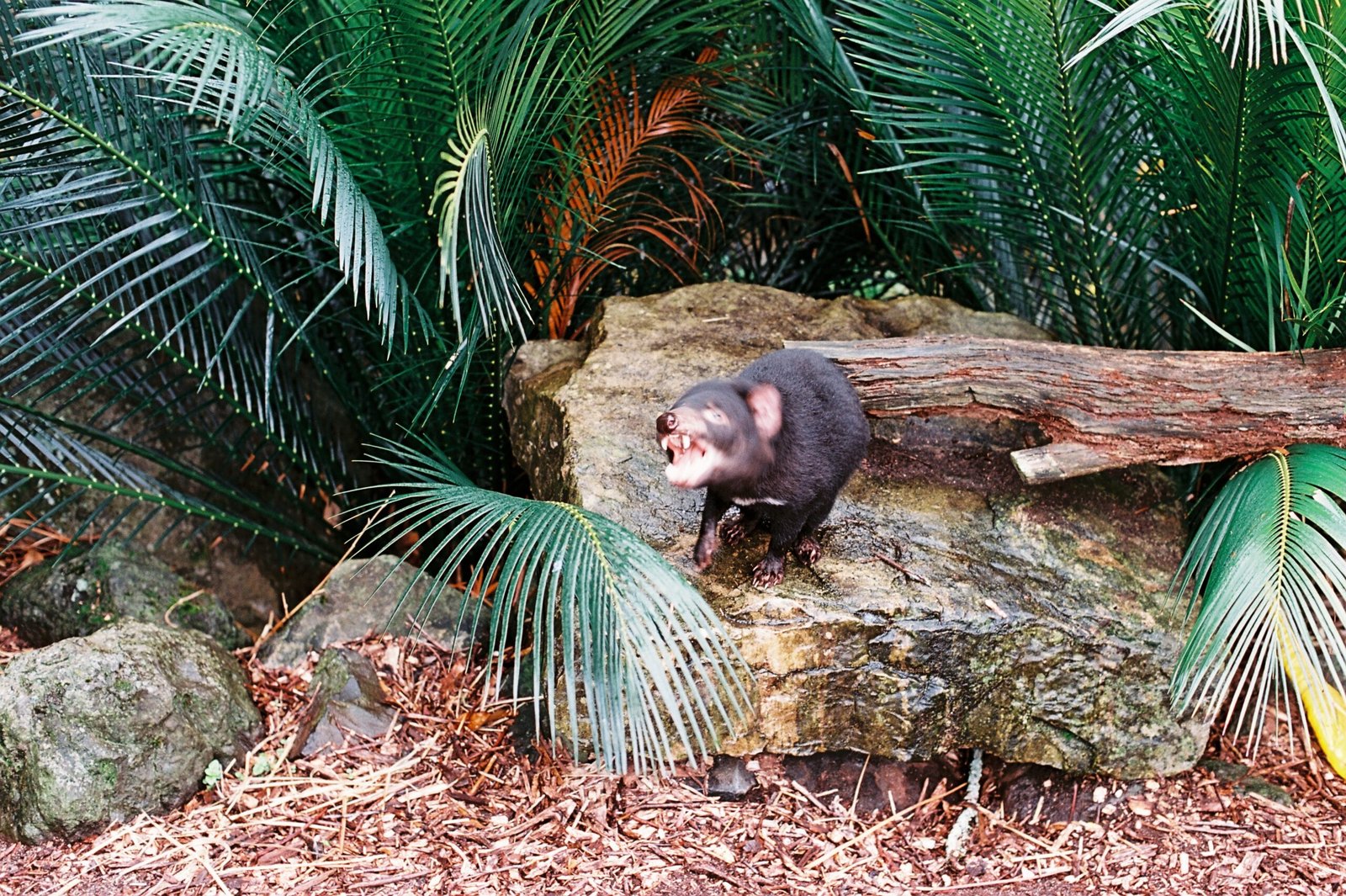
Since DFTD emerged, the Tasmanian devil population has plummeted by more than 80% in many regions. Once common throughout Tasmania, these animals are now rare sights in the wild. The disease has pushed them to the brink of extinction, with some scientists fearing the species could disappear entirely in just a few decades. The loss of devils doesn’t just threaten the animal itself; it disrupts the entire Tasmanian ecosystem. Devils play a vital role as scavengers, cleaning up carcasses and preventing the spread of other diseases. Their disappearance could trigger a cascade of unexpected changes, highlighting just how interconnected nature truly is.
Conservation Warriors: The Human Response
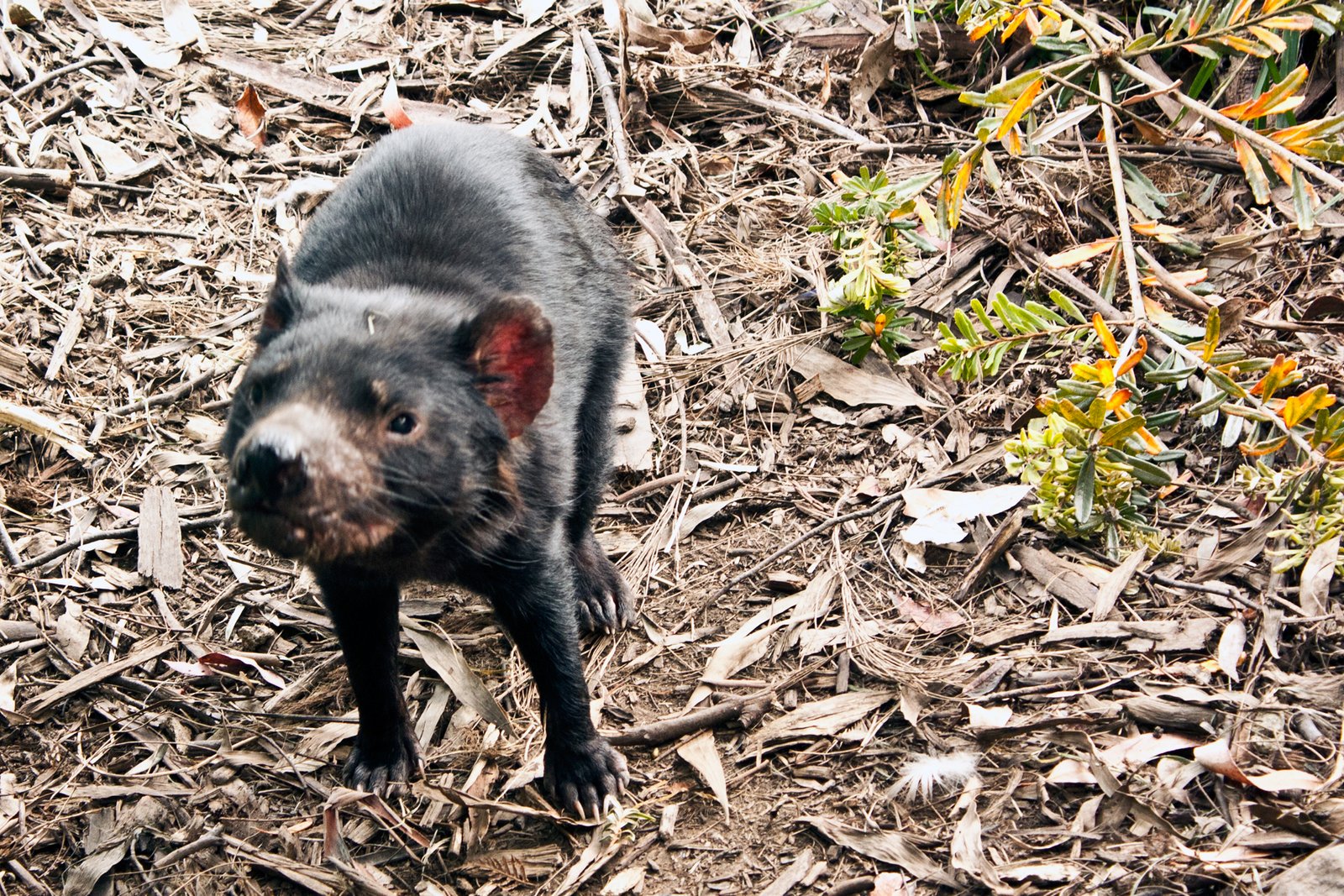
The battle to save the Tasmanian devil has sparked an extraordinary response from scientists, conservationists, and the public. Teams across Australia have launched ambitious programs to breed healthy devils in captivity, creating insurance populations safe from the disease. These “ark” populations are kept on the mainland and on disease-free islands, serving as living reservoirs for the species. Meanwhile, field researchers are working tirelessly to monitor wild populations and search for devils that have somehow survived infection. The story of the devil’s fight has inspired people worldwide, turning this local crisis into a global cause for conservation and scientific innovation.
Breakthroughs in Research: Hope on the Horizon
Recent years have brought glimmers of hope in the grim narrative of DFTD. Scientists have discovered a small number of devils that show signs of natural resistance to the disease. By studying these survivors, researchers hope to unlock genetic secrets that could help breed a new, resilient generation. There has also been progress in developing experimental vaccines, aiming to train the devils’ immune systems to recognize and fight the cancer cells. These breakthroughs have injected new optimism into the struggle, though the path to victory remains long and uncertain. Each discovery is a reminder that science, persistence, and hope can sometimes turn the tide against even the most daunting threats.
Life in Captivity: A New Kind of Wild
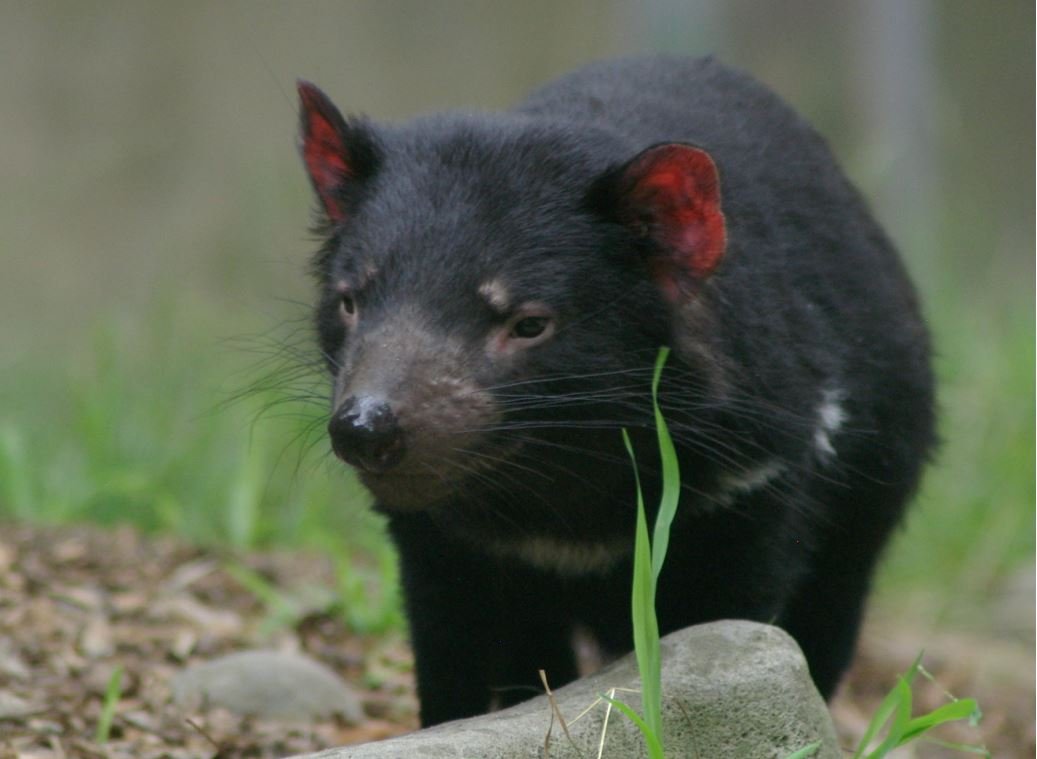
Captive breeding programs offer a lifeline for the Tasmanian devil. In protected enclosures, devils can live and reproduce without fear of DFTD. These sanctuaries are carefully managed, mimicking the devils’ natural habitats and encouraging natural behaviors. The challenge lies in maintaining genetic diversity and ensuring devils raised in captivity retain the skills they need to survive in the wild. Regular health checks, monitored breeding, and even simulated hunting are all part of daily life for these animals. Captivity isn’t a perfect solution, but it provides a crucial safety net while scientists search for longer-term answers.
Challenges of Reintroduction: Returning Devils to the Wild
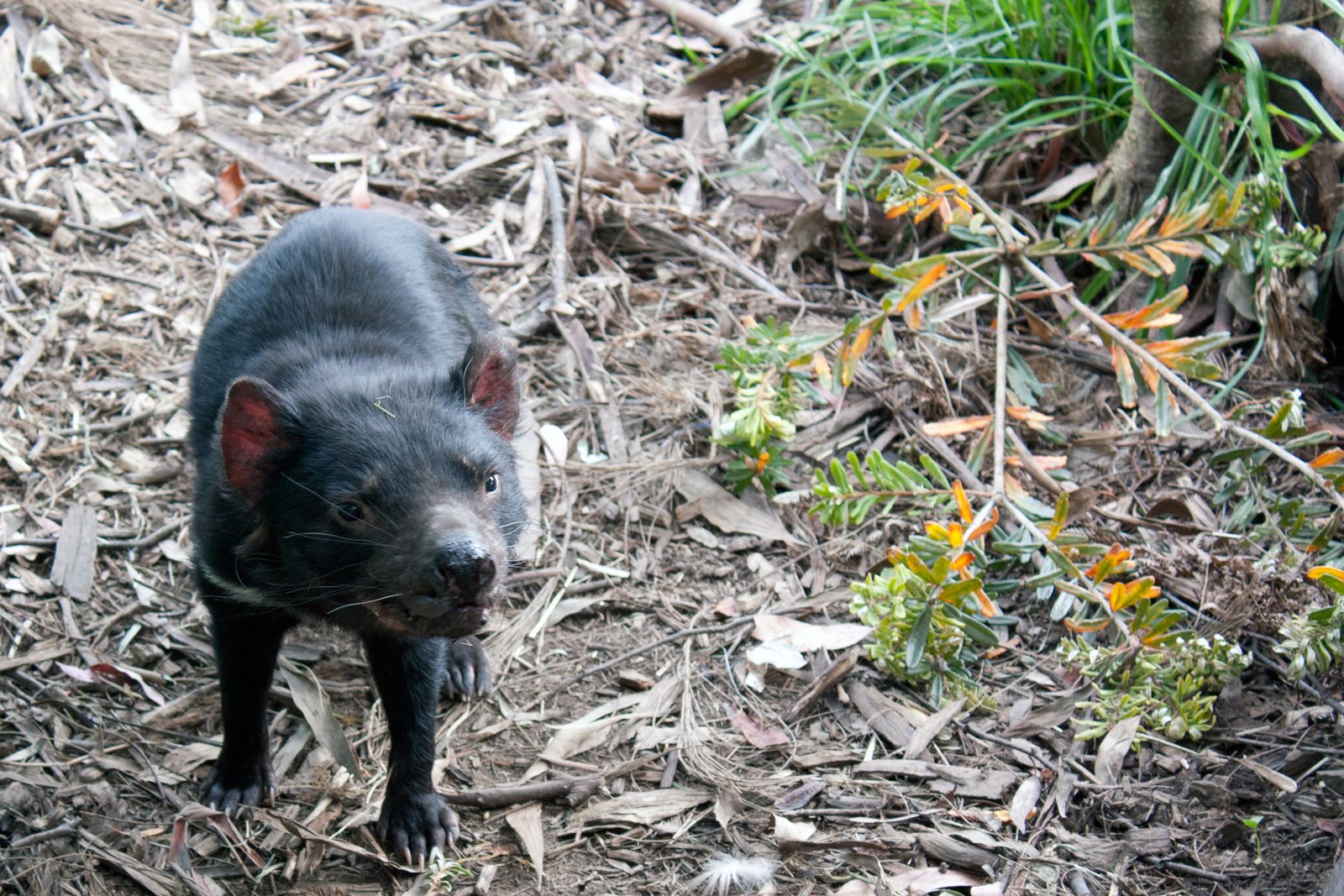
Releasing healthy devils back into the wild isn’t as simple as opening a gate. Conservationists face tough decisions about when and where to reintroduce devils, ensuring they don’t accidentally spread the disease or disrupt fragile ecosystems. Sometimes, devils raised in captivity struggle to adapt, lacking the street smarts of their wild counterparts. Careful planning, tracking, and ongoing research are essential to give these new populations the best chance of survival. Successful reintroductions offer hope, showing that with enough care and effort, it’s possible to reverse even catastrophic declines.
The Role of Genetics: Unlocking Survival Secrets
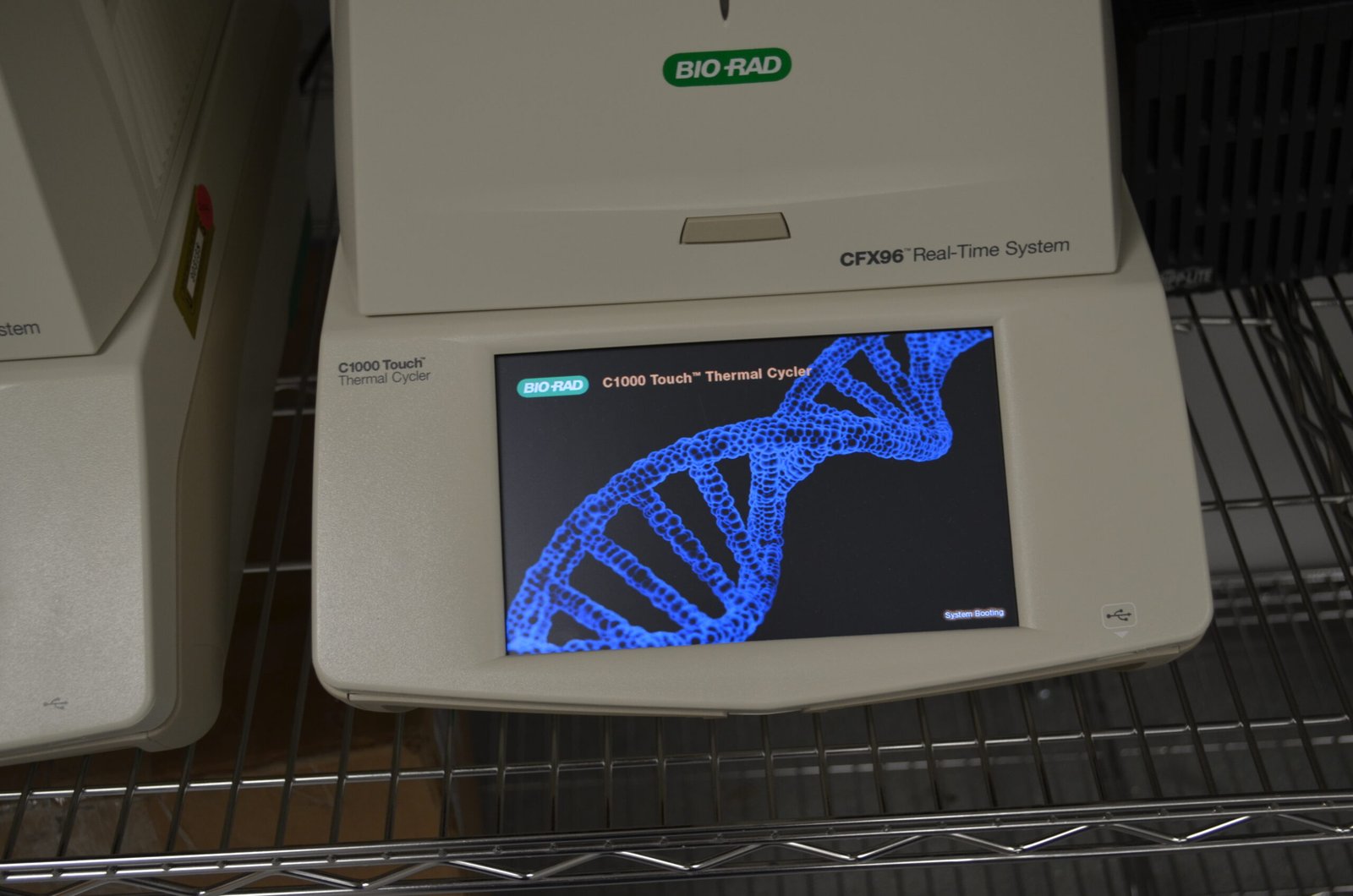
Genetics has become a powerful tool in the fight against DFTD. By sequencing the DNA of devils, scientists can identify genes linked to disease resistance and overall health. This information guides breeding programs, helping managers select pairs that maximize genetic diversity and resilience. It’s a race against time, as the genetic pool shrinks with every lost devil. Advances in genetic technology have allowed researchers to track the spread of DFTD, understand how the cancer evolves, and explore cutting-edge solutions like gene editing. Genetics may hold the key to saving the species, rewriting the script of this tragic saga.
Lessons from the Tasmanian Devil’s Struggle
The plight of the Tasmanian devil is more than a cautionary tale; it’s a call to rethink how we interact with and protect the natural world. DFTD is a stark reminder of how quickly a species can be pushed to the edge by unexpected threats. The global response—uniting scientists, governments, and the public—shows what’s possible when we rally around a cause. The devil’s fight has also shed light on the importance of genetic diversity, disease monitoring, and proactive conservation. It’s a story that resonates far beyond Tasmania, offering lessons for the protection of other threatened species worldwide.
A Future for the Tasmanian Devil?
The battle is far from over, but the Tasmanian devil’s story is no longer one of inevitable tragedy. Through science, determination, and global support, new chapters of hope are being written every day. The devils, with their tenacious spirit and eerie midnight screeches, symbolize the resilience of nature itself. Their fight against facial tumor disease stands as a powerful testament to the challenges—and triumphs—of wildlife conservation. Will the world answer the call to ensure these unique creatures remain part of our planet’s future?



